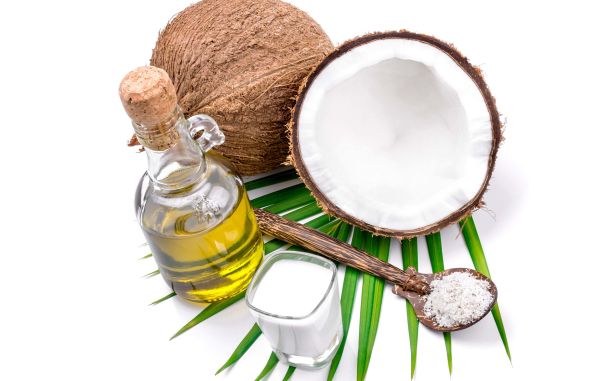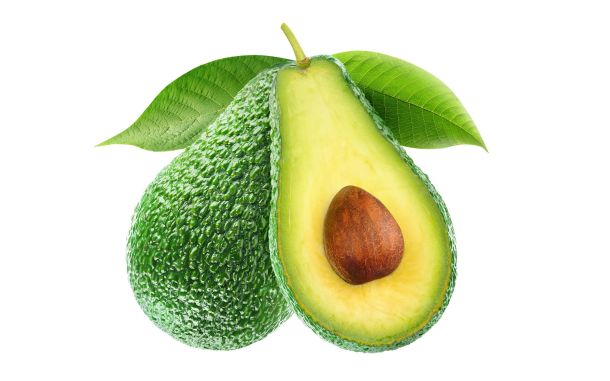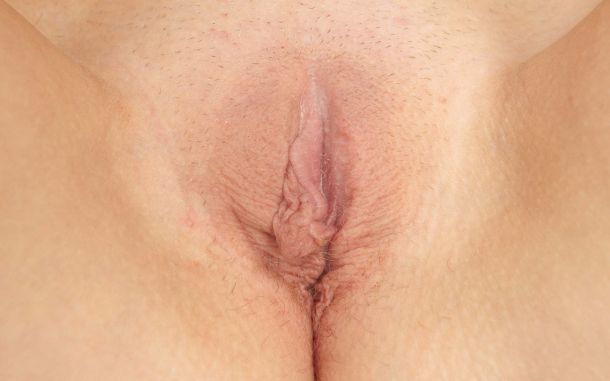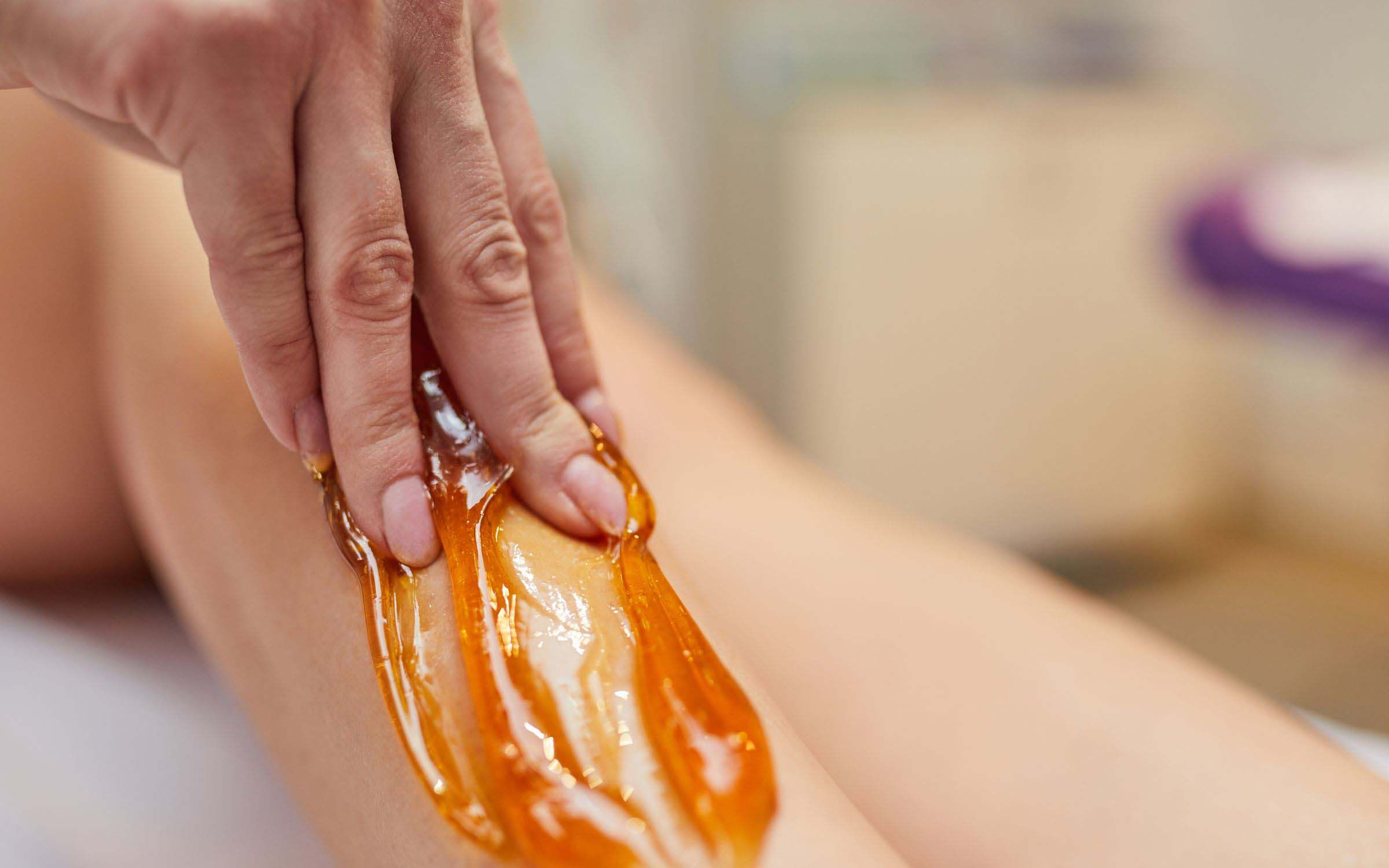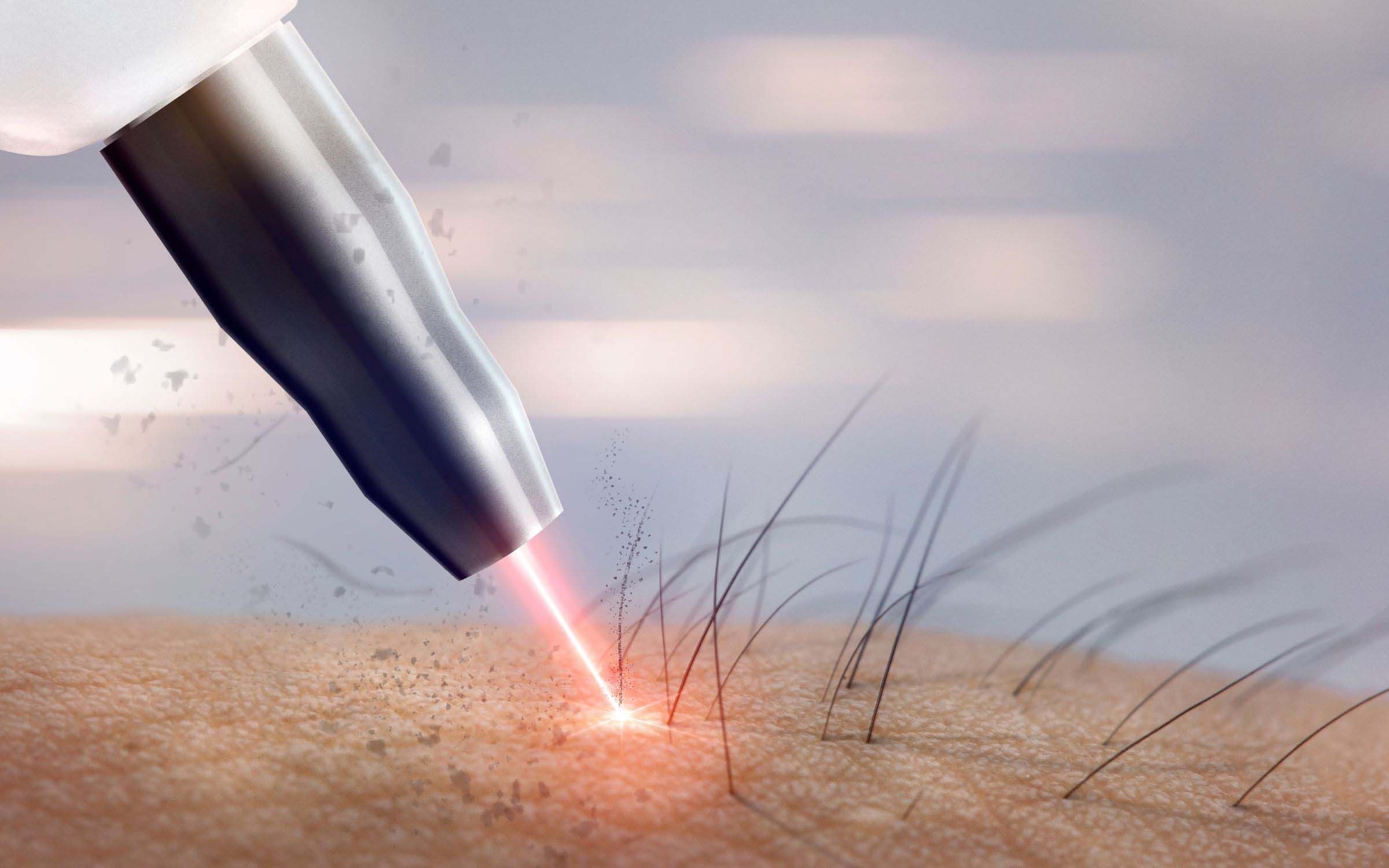Enjoy this Article, Statistics, Insights and Much More...
Genital Size

Continue Reading your
Article with a Genital Size
Subscription.
Explore our Subscription Plans
More Coverage
10 Natural Dry-Skin Remedies You Can DIY at Home for Softer, Smoother Skin
Dry skin can be a real pain. It can be itchy, flaky, and just plain uncomfortable. Luckily, there are a lot of natural remedies you can use to keep your skin soft and smooth without having to resort to harsh chemicals or expensive beauty treatments.
The Power of Avocado: A Review of its Benefits as a Natural Skin Care Ingredient
Avocado is a natural skin care ingredient that has been gaining popularity in recent years. This fruit is packed with nutrients that can help to nourish and hydrate the skin, making it an excellent choice for those with dry or sensitive skin.
Dealing with Dry, Cracked Vaginal Lips in Winter: Causes, Prevention, and Treatment
Discover the causes and solutions for dry, cracked vaginal lips during the winter. Learn about the importance of moisturizing, avoiding irritants, and maintaining good hygiene. Get tips on how to prevent and treat this condition effectively.
The Beauty Benefits of Coconuts: A Guide to Coconut-Based Beauty Products
Discover the many benefits of coconuts for your beauty routine. From coconut oil to coconut water, learn about the various coconut-based products that can nourish and protect your skin and hair.



